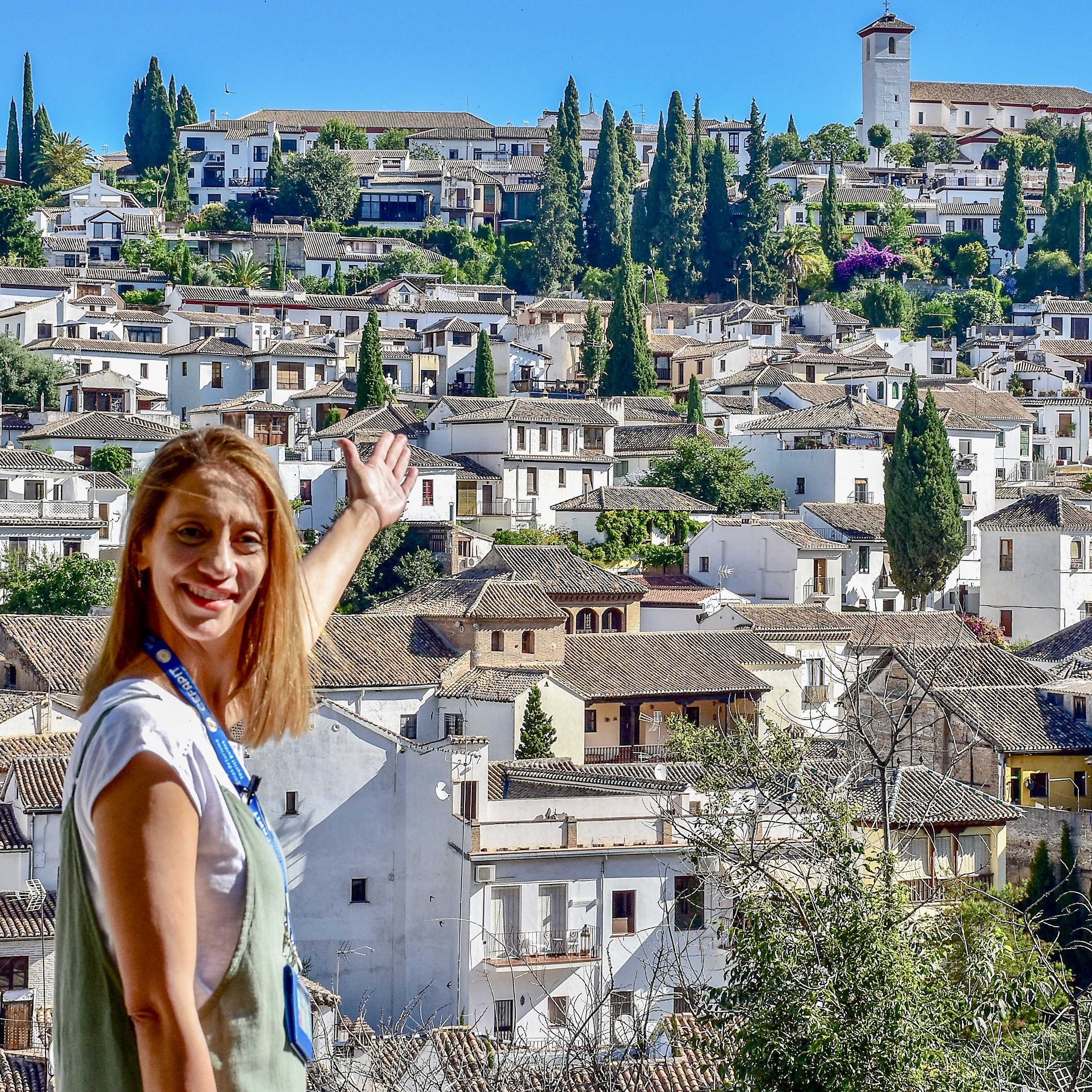
15 Feb What to see in Albaicín: La Dobla de Oro
What to see in Albaicín: An special route to La Dobla de Oro
Albaicín is the neighborhood of Granada that most remind us of the Muslim era.
Discover in this article what to see in Albaicín, the most interesting corners of the neighborhood is an easy, linear route suitable for all audiences.
The heart of the ancient Arab medina sits opposite the famous Alhambra and sometimes goes unnoticed without deserving it.
A neighborhood that has been a World Heritage Site by UNESCO since 1994, shines with its own light around the Arab palatine city of the Alhambra.
The Albaicín is one of the most beautiful places in Granada. There is no doubt about that. One of those places that one has to see in his life.
The Albaicín neighborhood is located on top of a hill, and it is essential to go up without haste. Get to know the most magical area in the city of Granada.
I propose a route through the Andalusian monuments known as ‘’La Dobla de Oro’’.
There is a ticket entrance combined with visiting all the monuments of La Dobla de Oro and the Alhambra. If you want to enjoy a complete route of the history of Granada, I totally recommend you buy the ticket ‘’la Dobla de Oro General’’.
La Dobla de Oro was the name by which the gold dinar was named. That was a coin with great value and beauty minted by the Nasrid time of the Kingdom of Granada.
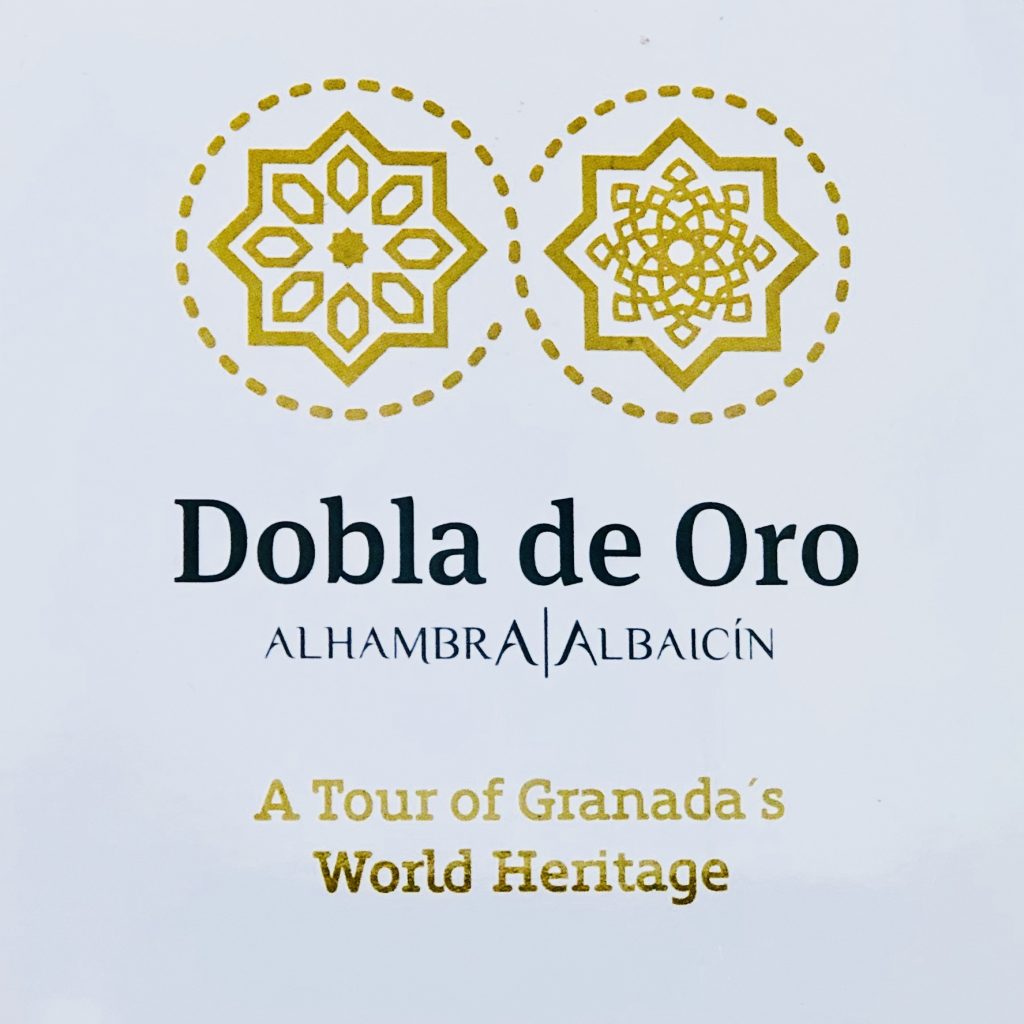
Nowadays, is also the name of the route that I propose you in that article.
This is the must of what to see in Albaicín.
Let’s start the route!
The beginning of our route in Albaicín: Corral del Carbón
My route proposed in Albaicín starts at this point, in Corral del Carbón, situated in the center.
It is an Arab building from the 14th century with a peculiar style and a large central patio.
It is the only building of its style that has been preserved from those that existed in Granada and in Al-Andalus. In addition, it is the only Nasrid alhóndiga completely preserved in the Iberian Peninsula.
The alhóndigas were public buildings that housed the merchants who came to buy natural silk at Granada in Nazari times.
This product was of vital importance for the economy of the city. It represented essential economic support for the locals of the time.
The history of this building is very entertaining and goes through many lives. In 1494 the Catholic Monarchs gave the building to their servant. After his death, the building was used as a comedy corral, then a neighborhood corral, and finally was dedicated to storing coal. From this last use comes its current name, “Corral del Carbón”.
It is a building of great historical value, and it was declared a National Historic-Artistic Monument in 1918.
Now, it is a monument that houses the headquarters of the International Festival of Music and Dance of Granada.

Continuing our route through Albaicín, there is a must point in our list to visit:
El Bañuelo: the only Hammam preserved in Granada
To delve into the history of the Albaicín, we cannot fail to visit El Bañuelo Arab bath.
Water has been the most precious element of all civilizations. Water is life and something essential for people’s hygiene and disease prevention.
The Arabs were always aware of the fundamental value of water, since they were used to its scarcity due to living in the desert.
Arriving in the south of Hispania (the name that Spain had at the time), they created aqueducts and ditches, patios with water fountains and thermal baths.
They developed and expanded all the engineering that already existed at the time around water.
As the water was plentiful in the city of Granada, the number of bathrooms was extended in all the neighborhoods and communities, thus making it, in addition to a hygienic need, become a social custom and a privilege to which everyone had access; women, men, Christians, Muslims, old, small, rich and poor.
When the guest went to the Hammam, they found a carefully cleaned place that smelled of thyme or rosemary burned in the oven.
First, they had to go to the dressing room to change their clothes and they were given wooden sandals to protect themselves from the heat of the ground because they were above the boilers.
Then, they used to go to the central and main room where it was saturated with steam where they had their sauna session. Once their sauna session was over, they enjoyed a shower before their massage session.
This was their relaxing routine inside the Hammam.
The Hamman remained open after the Christian conquest, until 1567 when Philip II prohibited them.
Also known as the Nogal Baths, this complex has the honor of being the oldest monument in the city of Granada: it dates back to the 11th century.
Visiting it is an authentic trip to the Muslim era.

Our next stop of our route through the amazing neighborhood of Albaicín is:
Casa de Zafra: a step to the past, how nazaríes were living
We go up Calle Bañuelo and move away from the banks of the River Darro. We find on our right the magnificent house of Zafra.
It is one of the best examples of a Nasrid domestic mansion. The Zafra house today is the Albaicín Interpretation Center.
Located in the neighborhood of Axares like Bañuelo and Casa Horno de Oro, also called as the neighborhood of Health or Delight in Muslim times for its good weather conditions and the beauty of its houses.
Thanks to its excellent state of conservation after restoration, the visitor can clearly observe the physiognomy of the houses of the traditional high nobles of the Nasrid period.
This makes a visit to the house of Zafra essential to understand the history of the neighborhood.
What is most impressive about the Zafra house are the views of the Alhambra and the rare wall paintings that can be seen, one of the few of its kind that has been preserved to this day.
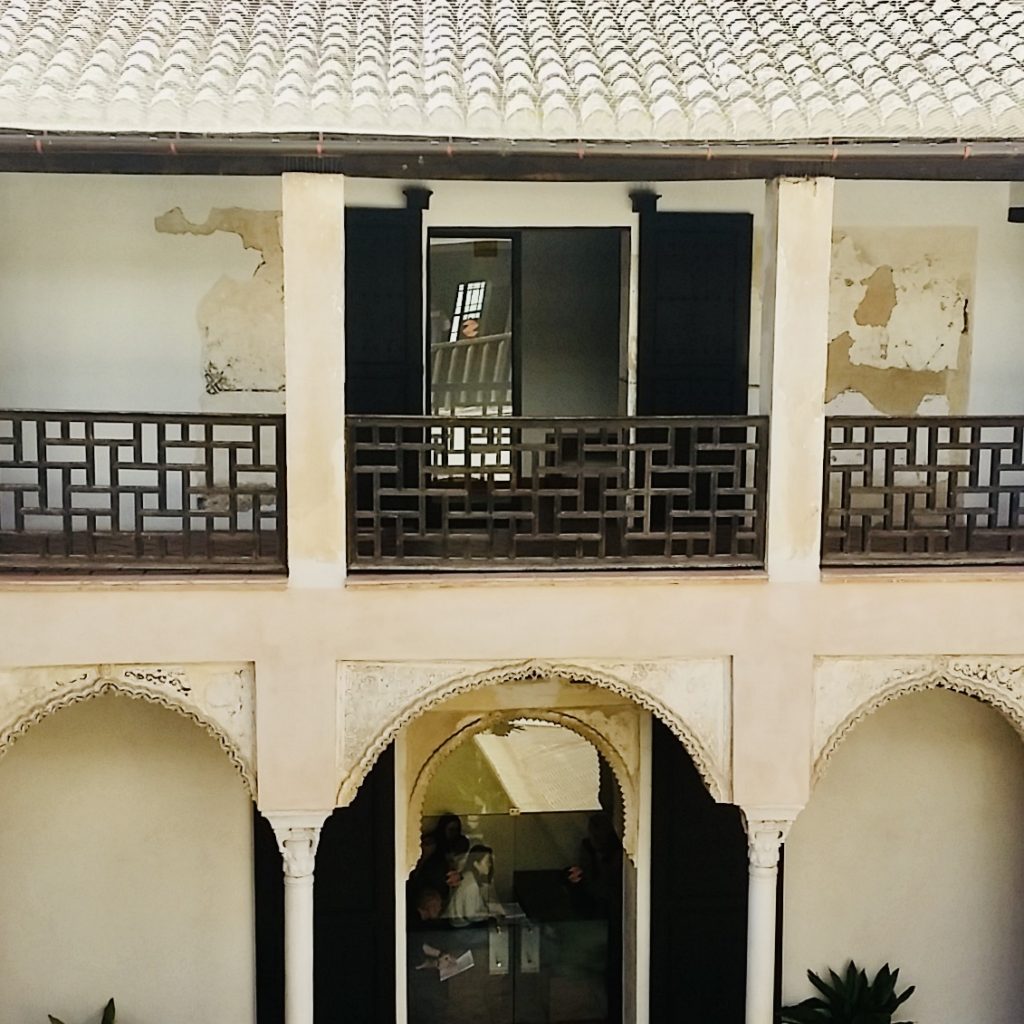
Casa de la Calle Horno de Oro
This Moorish house is located in the alley of Horno del Oro, in the old neighborhood of Axares. Along the street from San Juan de Los Reyes to Paseo de Los Tristes.
Casa Morisca is a small one-story house in Nasrid. However, they added its second floor in the 16th century.
Like in most Muslim houses, the building had no windows to the outside and was hermetically sealed to preserve family privacy.
All its rooms and windows face the courtyard, an element that centers family life and lights and ventilates the rooms.
From the 16th century, the second floor became the main family area where the women’s and children’s rooms were located.
Moorish houses received this name after the conversion of Muslims to Christianity. The Moorish name was restricted to the Muslims of the peninsular kingdoms that later became Spain.
To know more about the history of those who were forced to convert to Christianity in the early 16th century, you can read the article: Who were the Moors?
After the expulsion of the Moors, the house was a neighborhood corral until the 20th century, when it was acquired by the state and restored for our enjoyment.
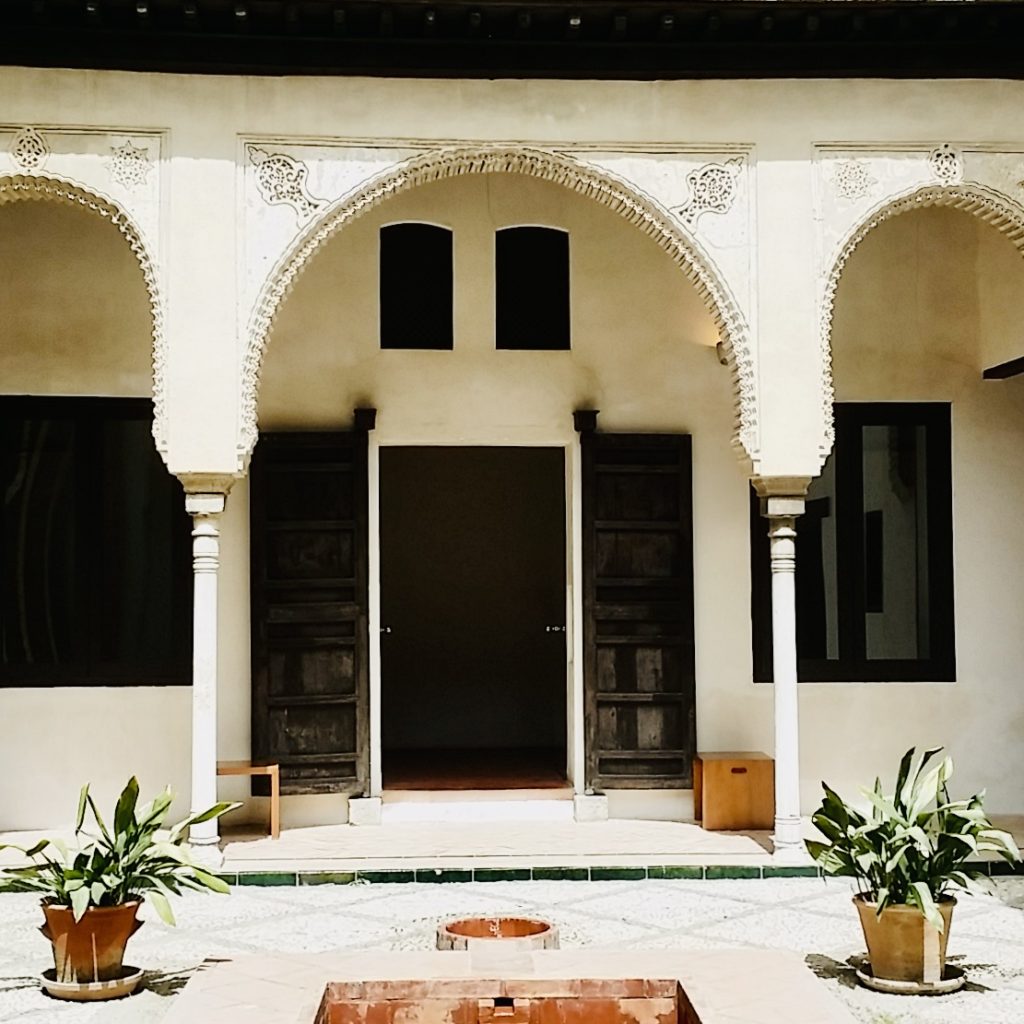
Casa del Chapiz (Chapiz House)
La Casa de Chapiz belonged to a Moorish family in the sixteenth century. Although a singular name knows it, it is two houses joined together. They share the corridor between them, so some historians treated it as a house with two courtyards.
The smaller house was owned by Hernán López el Ferí and the main and more extensive one by Lorenzo el Chapiz.
The house was built on the remains of a small Nasrid palace which the floor plan is preserved, and some elements were used in its reconstruction in the early sixteenth century.
In addition, the houses still conserve their old Nasrid Almunia, similar to the Generalife, although today it is a garden without orchards.
The Casa del Chapiz is located within the old Barrio de la Blanca; Rabad al-Bayda.
The houses were taken from their owners for their participation in the Moorish uprising in 1568 by Philip II.
The Casa del Chapiz is an example of great value to know the typological evolution in the architecture of the Nasrid houses.
In short, these are two interesting examples of Hispano-Muslim architecture of the period, declared National Monuments in 1919.
Once restored, the houses were destined to serve as headquarters for the School of Arab Studies, so thanks to their conservation, the enjoyment of all those who want to admire them is guaranteed.
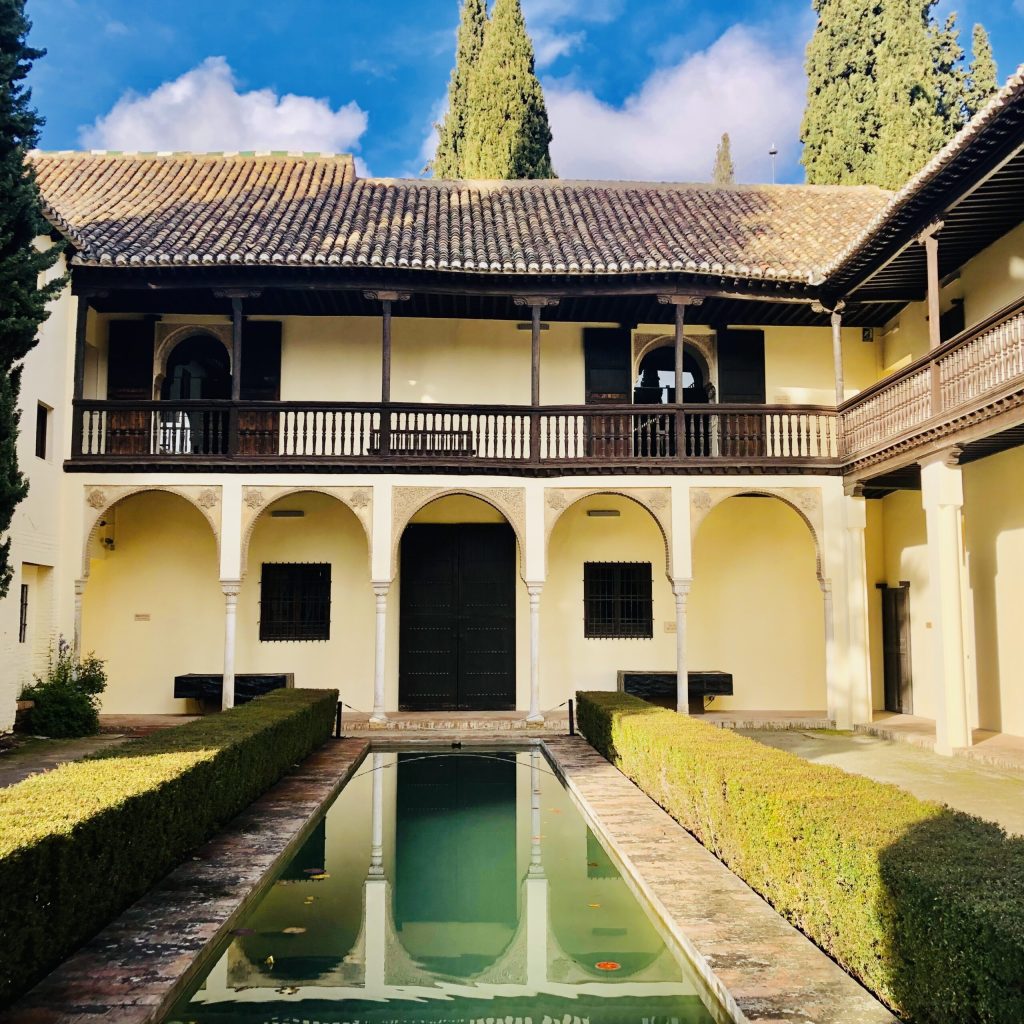
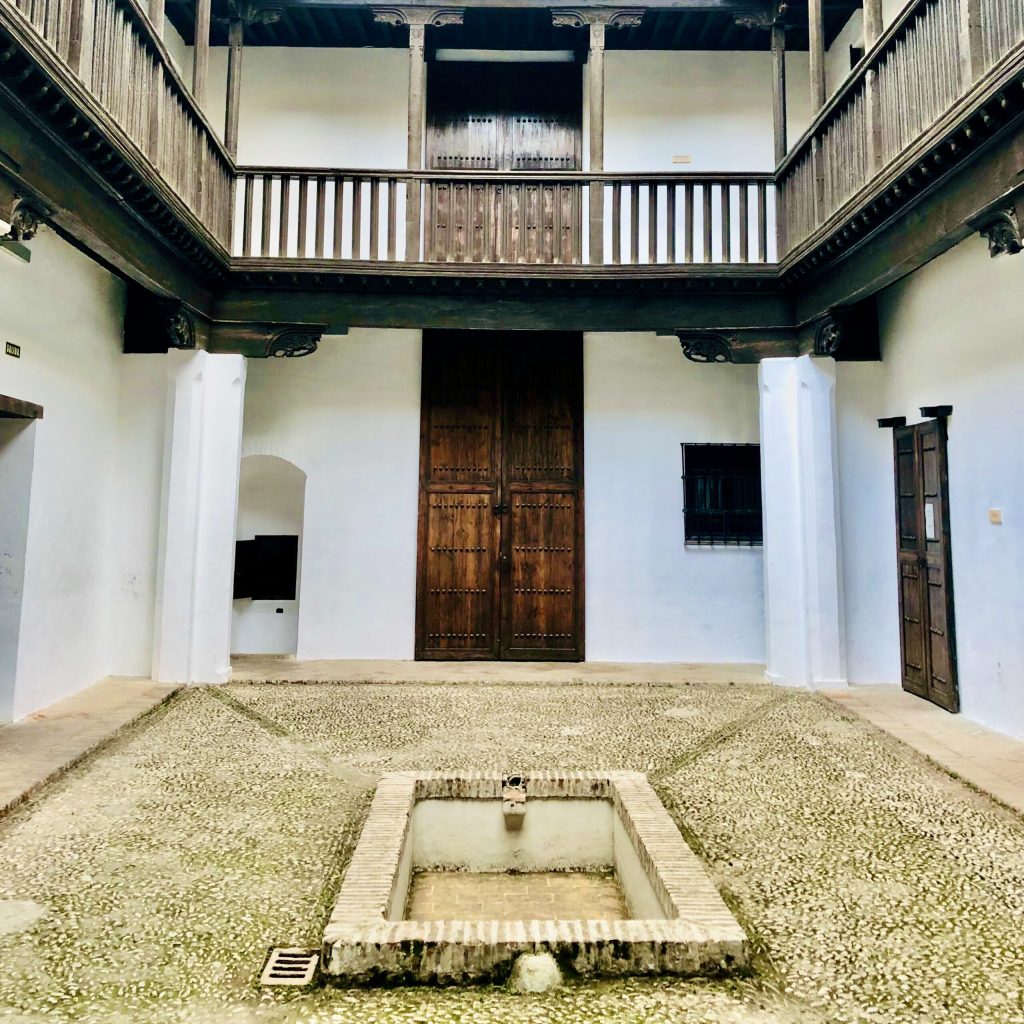
Nazaries not only had Moorish unique houses, let’s talk about now about an impressive palace, our last stop.
Palace of Dar al-Horra
It is a mansion owned by the Nasrid royal family whose construction was in the middle of the fifteenth century.
It stands next to the old Zirí wall and we find it located in the neighborhood of Albaicín Alto.
The name comes from the honorary treatment received by the Muslim princesses, so it could be translated as ”House of the Sultana, of the Queen or of the Lady”.
Aixa, mother of Boabdil, who I talked about in this other article on my blog, lived in this house.
The story goes that when the king took the Christian slave Isabel Solís as his favorite, married her and had two children, Isabel converted to Islam and changed her name to Zorayda. Queen Aixa was thus repudiated and took refuge in this palace of Dar al-Horra.
Already at the time of the Catholic Monarchs, a monastery was founded in honor of the queen and was used as a primitive monastery while the convent was finished in the 16th century.
Leaving the Alhambra aside, the Dar-alHorra Palace is a clear example of palatial architecture with its most relevant structure and decoration of Nasrid art. It is a house inspired by the Alhambra with a double patio, a central room and side alhanías.
It is full of decorations and armor, so visiting it is an authentic journey to the Nasrid era.
This is our last step in our route through the Albaicín.
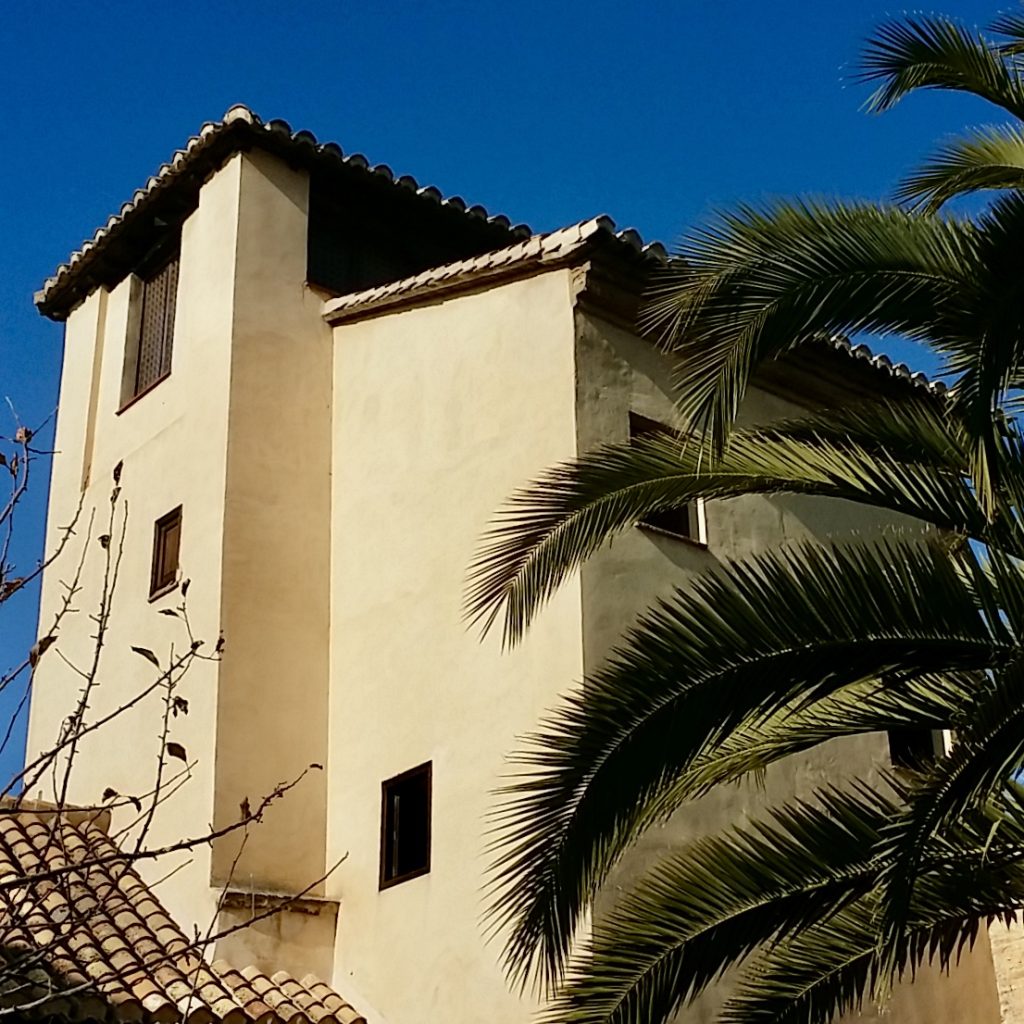
Doubting what to see in Albaicín?
If you want to discover what to see in the Albaicín and the monuments of the Dobla de Oro, do not hesitate to use the tourist guide services.
With me, you will get to know their economy, their place of bathing, you will know the different types of houses according to their economic position, the mezquita, why was the water so important for them, and a wide variety of curiosities that will not leave you indifferent.
In short, we are going to live the route knowing how the people of the time lived those streets.
Contact me to discover the most magical neighborhood of Granada: the Albaicín.
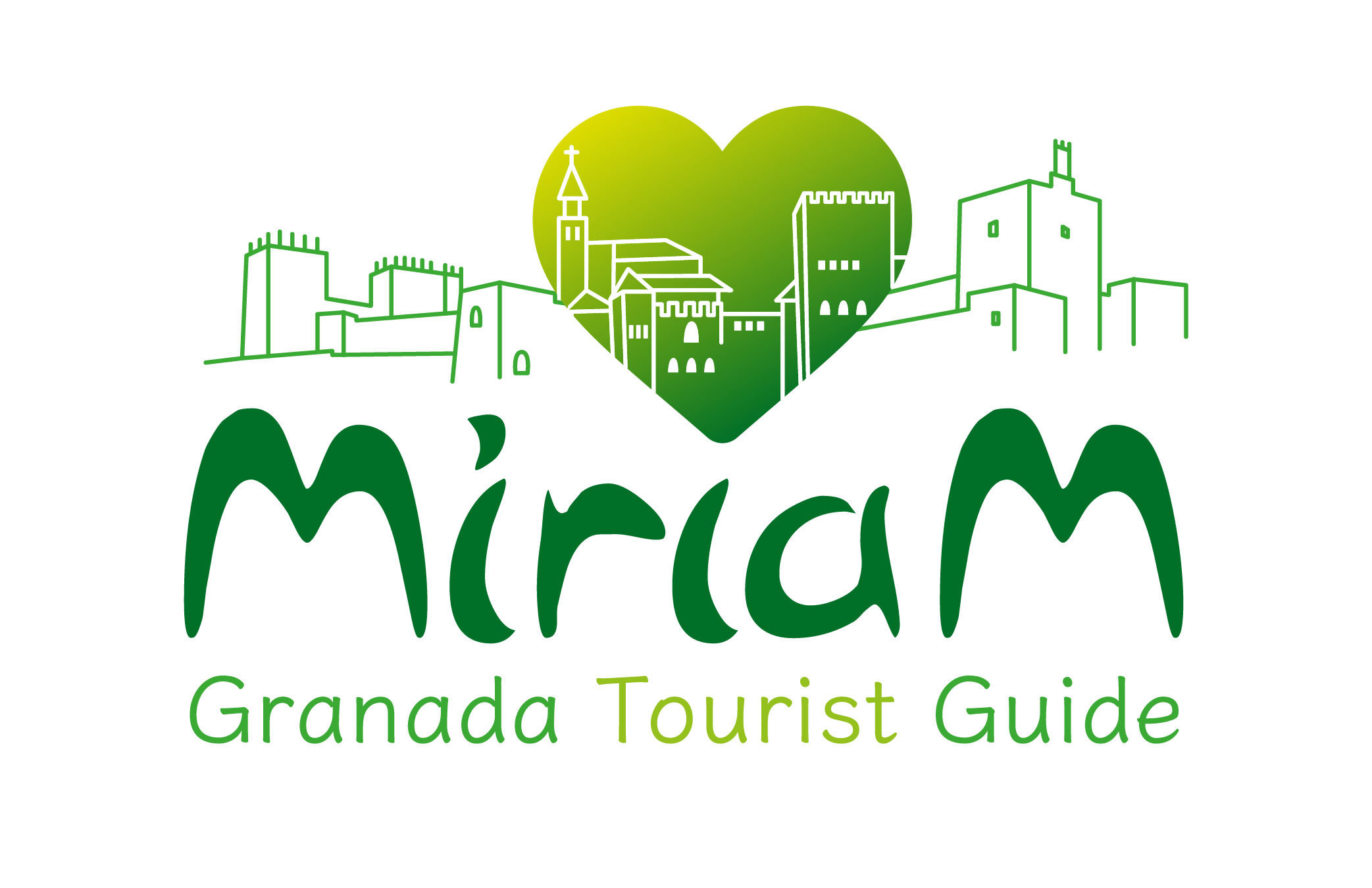


Sorry, the comment form is closed at this time.